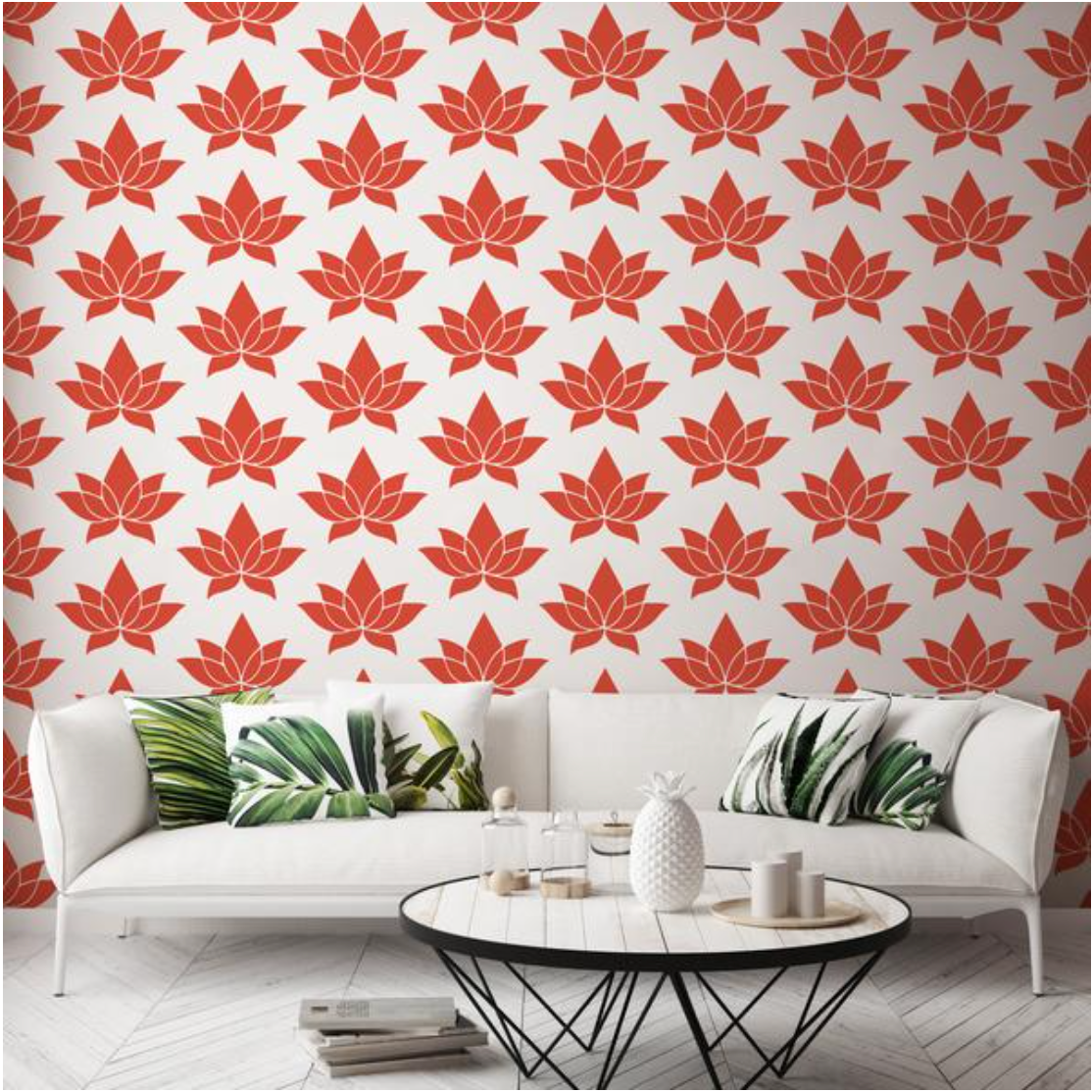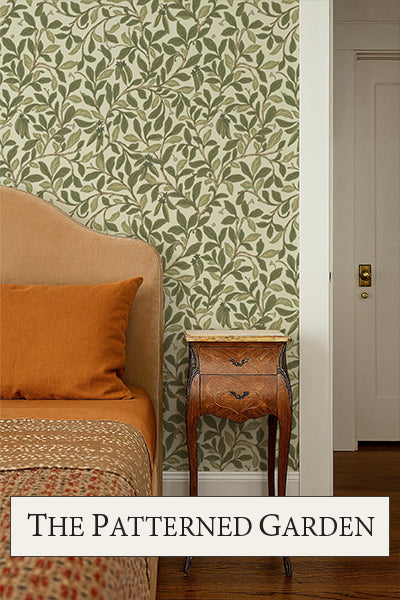The Best Way to Clean Walls
Fingerprints, child drawings, and dust can make walls appear dull, old, and dirty. Learn the best way to clean walls and give them a new, refreshing look. Each wall type requires a different approach for the best results without damage.
Read on to learn how to clean your premium wallpapers, tiles, brick, and painted walls. We’ll share creative DIY cleaning solutions to eliminate stains, grime, and dirt.
Supplies Needed for Cleaning Your Walls
Gather these items for your DIY wall cleaning project:
- Brush
- Dishwashing liquid
- Baking soda
- Water
- Two buckets
- Soft rag, cloth, or sponge
- Vacuum with a dust brush attachment
General Wall Cleaning Tips
First, remove wall decor, move furniture, and unplug electronics to avoid water damage. Lay a cloth/towel along the walls to absorb the dripping water. Then, follow these five steps for simple wall cleaning.
- Use your vacuum cleaner to dust the walls. Or, use a soft brush or rag to wipe the dust.
- Mix water with dish soap in a bucket. Fill the second one with clean water for rinsing.
- Use a soapy sponge/cloth to clean the wall gently from top to bottom.
- Rinse the wall using a cloth dipped in clean water.
- Wipe the walls with a dry towel to absorb moisture.
How to Remove Stains
You’ll need more than soapy water to remove tough stains and grime from your walls. Try these options:
- Baking soda: Mix baking soda with a half-full cup of water. Dip a sponge into the paste and rub it on stained surfaces. After cleaning, wipe the wall using a clean cloth.
- Hydrogen peroxide: Apply the chemical on the soapy sponge and place it on the stains for 3–5 minutes.
- Iron box: Place paper towels over the stains and press with an iron at low heat.
Or, use a magic eraser to eliminate stubborn stains. Avoid using strong chemicals on wall murals or wallpapers.
Clean Without Damaging Your Wall
Use at home products like dish soap and baking soda to make a cleaning solution. Avoid abrasive and harsh chemicals like ammonia that might damage the wall. Don’t use bleach or all-purpose cleaners on wallpapers to prevent discoloration.
Test your cleaning solution on a small area before applying it to the rest of the wall. Use a white cloth and check if it removes the paint or discolors the wallpaper. If all is clear, you can clean the entire wall. Clean gently yet thoroughly to avoid damaging the wall.
How to Clean Different Wall Types
Consider your wall type before starting the cleaning process. Wallpapers are more sensitive, while painted walls can be more forgiving.
Wallpaper
Cleaning removable peel-and-stick wallpaper requires extra care since it’s delicate. Gently pass a wall brush extension over the wallpaper to suck in dust. Or, dust with a microfiber cloth, going from top to bottom. Avoid using soap and water or chemicals on non-washable wallpapers.
Premium wallpapers are more durable, less sensitive, and washable. Use these steps to clean washable wallpapers:
- Dust the wallpaper and wipe the dirt along the baseboards.
- Mix 3–5 drops of dish soap with warm water.
- Dip a cloth into the water, wring excess water, and rub it over the wallpaper. Use gentle circular motions to avoid tearing the wallpaper.
- Rinse with a clean damp cloth.
- Air dry or wipe with dry clothing
Use a mild cleanser or a solution of vinegar and water to clean scuff marks and stains. Test the cleanser on a small part of the wallpaper to confirm it’s safe. Dip a soft cloth into the solution, wring it out, and use it to blot the stains gently. Repeat the process until the surface is spotless, then rinse the chemical with a clean cloth.
Read the manufacturer’s guidelines to understand how to clean your wallpaper type without damaging it. Always test your cleansing solution before applying it to the entire wallpaper.
Painted Walls
Consider the type of paint finish before you start cleaning. Flat/matte finishes are delicate and need gentle scrubbing without harsh cleaning chemicals. Semi-gloss and gloss paints are durable. Clean such paints with a cloth dipped in soapy water.
Make a homemade cleaner using a tablespoon of dish soap, ¼ tablespoon of white vinegar, and one quart of warm water. Dip a sponge into this DIY cleaner and rub it on oil-based painted walls to remove stains.
Tile
Mix 3–5 drops of liquid dish soap with warm water. Spritz the solution on the tiled wall and wipe using a damp cloth or microfiber towel. Spread a paste (water and baking soda) on stained areas. Scrub the areas with a sponge or brush and rinse with clean water. Finish off by drying the tiles with a clean cloth.
Wood Paneling Walls
Avoid abrasive chemicals when cleaning wood paneling walls. The best approach is to use warm water with several drops of liquid soap. Avoid using excess water as it might damage the wood. Use wood cleaning agents to remove persistent stains. Try it on a small area to ensure it’s safe.
Bricks
Start by dusting the bricks with a vacuum or rug. If dusting isn’t enough, gently scrub the bricks using a bristled brush dipped in warm, soapy water. Dry the wall with clean clothing or a towel.
How Often Should You Clean the Walls?
Walls in high-traffic rooms like kitchens require regular cleaning to remove food splatter. In the playroom, you simply wipe handprints without cleaning the entire wall. Clean your walls bi-annually or annually to maintain their modern looks.
Wallpapers might need more regular cleaning, depending on the type. Vinyl wallpapers attract less dust than textured wallpapers. Dust your wallpapers monthly and deep-clean them once or twice annually.
Keep Your Walls Clean And Beautiful
Dust and clean your walls regularly to maintain inviting and fresh looks. Or, give your walls a brand new design by changing up wallpapers. At Mitchell Black, we have a gorgeous collection of wallpapers that are easy to install, clean, and maintain. Check out our wallpaper collection for your bedroom, kitchen, or living room.







Leave a comment